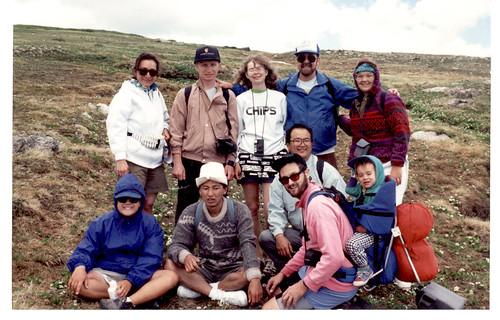
Adventure
Have you ever watched ‘Ultimate Survival’ ? Have you ever imagined what it would be like if you somehow get into a situation, in which staying alive is your main priority? If you are an adventurous type of person, if you like going on dangerous trips, camping or climbing, the first thing you need to learn is how to get prepared for extreme situations. There are some things, which you cannot leave out of your knapsack. No matter if you are a professional solider or just an ordinary traveler, you always have to expect the unexpected and never depend on coincidence. Here we offer you some of the most necessary things which have to be in your luggage.
‘Just in case…’ box
Such a box may appear to be your most important equipment in a dangerous situation. Its content must be matched to the environment you’ve planned to visit. A knife, a lighter, ropes, sewing-cottons, a flash-light… Most of these things you probably keep somewhere in the back of your closet. But you have to take into account that at some point, they could be your only friends in the wilderness. You can package them in a woolen or cotton cloth in order to avoid the annoying clank. Also, you can use this cloth to light a fire. The flash-light and the lighter obviously can be very useful during the night. A big plastic bag, for example, can be used for carrying water. So, try to think carefully when picking the things that you want to put in your ‘life-saving’ box. Consider the fact, that in an extreme situation your foresight in the only thing that can help you.
Food and provisions
Except for some sandwiches and sweets, you will have to make space for preserved food, dry milk, hard candies, bars of chocolate, onion, dried fruit etc. In short, you will have to bring foods, which will last longer in your knapsack, which you can use as a main source of proteins and that will keep you energetic and full.
A sleeping bag
The most appropriate sleeping bags, when planning such a trip, are the ones with cotton filling. This material is considered to be the best insulator. In places with high humidity you will need a waterproof case and a sleeping bag, made of light, synthetic material. If you can afford it, you can take a bit more expensive sleeping bag, which can be used as a knapsack. It is more functional and useful.
Tips for packing and carrying your luggage
• Don’t bring unnecessary things. Your luggage has to be no more than ¼ of your own weight. So, try to deal with the temptation to fill your luggage with make up, souvenirs and heavy books.• Arrange your knapsack so that it would be easier for you to carry it. In the knapsack, put the tins, the heavier things and the shoes away from your back.• Put everything in plastic bags. This is the best way to isolate your stuff.• During some short breaks, don’t put off your knapsack. Try to use it as a padding.


